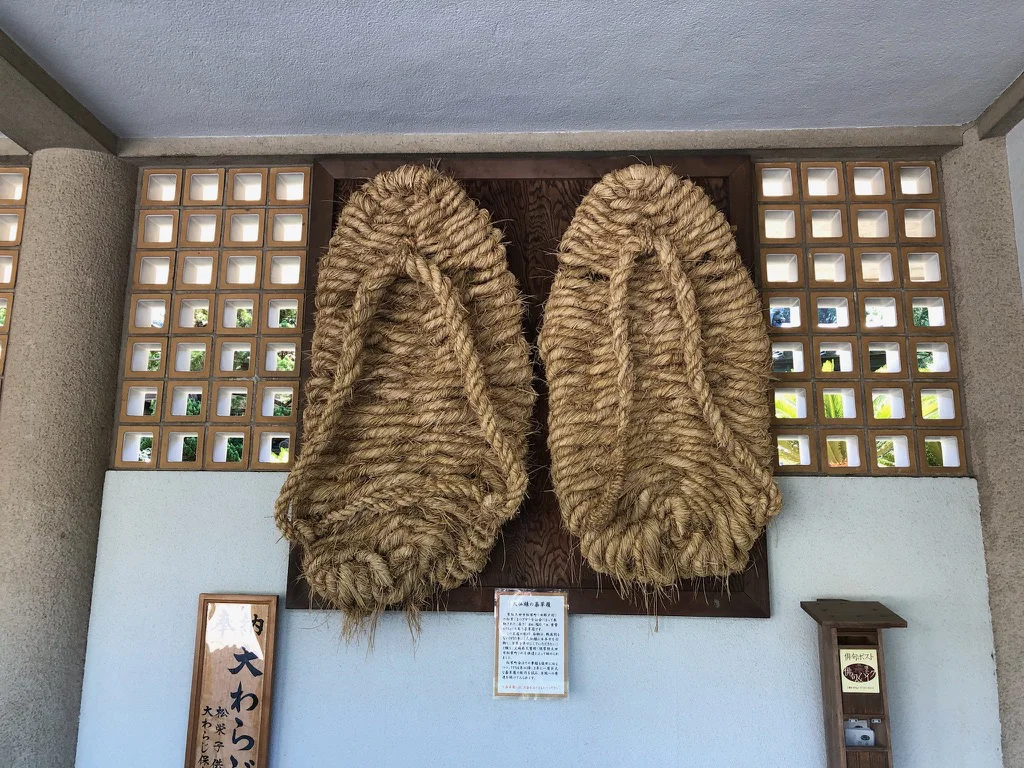
Kotoku-in
高徳院- Hase StationEnoshima Electric Railway Line
- Walk 7 minutes
Kōtoku-in (Daiizan Kōtoku-in Shōjōsen-ji) is a historic Buddhist temple in Kamakura belonging to the Jōdo sect of Buddhism, founded by Hōnen Shōnin (1133–1212). The temple is best known for housing the Great Buddha of Kamakura (Kamakura Daibutsu), a monumental copper statue of Amida Buddha.
The Great Buddha of Kamakura stands 13.35 meters tall including the base (11.31 meters for the statue alone) and weighs approximately 121 tons.
According to the Azuma Kagami chronicles, construction of the statue began in 1252, funded by donations from the people (traditionally believed to have been organised by the priest Jōkō). The sculptor remains unknown, but the statue is regarded as a quintessential example of Kamakura-period Buddhist art, blending the style of the Kei school (Unkei and his lineage) with influences from Song-dynasty Chinese sculptors.
Originally, the Great Buddha was housed inside the Daibutsu-den Hall. However, historical records such as the Taiheikiand Kamakura-dainikki note that the hall was repeatedly damaged and ultimately destroyed by natural disasters: a typhoon in 1334, another in 1369, and a major earthquake in 1498. Since then, the statue has stood in the open air.
In the mid-Edo period (1603–1867), priests Yūten and Yōkoku of the Jōdo sect undertook significant restoration of the Great Buddha, funded by Nojima Shinzaemon, a merchant from Asakusa. At the same time, they also revived a temple dedicated to nenbutsu practice, naming it Shōjōsen-ji Kōtoku-in.
According to the teachings of the Jōdo sect, simply chanting the nenbutsu (“Namu Amida Butsu”, meaning “I take refuge in Amida Buddha”) allows one to receive Amitabha’s protection and, at the time of death, be reborn in the Pure Land.
Today, the Great Buddha of Kamakura is recognised as a National Treasure of Japan.
Beyond the Great Buddha, Kōtoku-in has several other fascinating historical structures and artifacts. One is the main temple gate, relocated here and rebuilt in the early 18th century. Like many temple gates, it is guarded by a pair of fierce Nio (Vajrapani) statues.
Another important structure is the Kangetsu-dō Hall, believed to have once been part of the imperial palace in 15th-century Hanyang (present-day Seoul, Korea). In 1924, businessman Kisei Sugino (1870–1939) moved the building from his residence in Meguro, Tokyo, and donated it to Kōtoku-in. Today, the hall enshrines a standing image of Kannon Bosatsu (Avalokiteshvara Bodhisattva), dating from the late Edo period.

On the inner wall of the corridor to the right of the Great Buddha hangs a pair of enormous warazōri (straw sandals), measuring 1.8 meters in length, 0.9 meters in width, and weighing 45 kilograms. They were donated by the Matsuzaka Children’s Club. This tradition began in 1951, shortly after the war, when children from Kujigun, Ibaraki Prefecture (today Matsuzaka-chō, Hitachi-Ōta City), created and offered the first sandals with the heartfelt wish: “May the Great Buddha travel across Japan, bringing happiness to all people.”
The Matsuzaka neighbourhood association has carried this legacy forward, continuing to pass down the story while commissioning and donating new giant warazōri to Kōtoku-in every three years since 1956.
At Hey Japan!, we strive to keep the places listed on our website as current as possible. However, it is important to note that location owners or management may make changes to their plans, including canceling events, altering opening times, or modifying admission requirements, without prior notice. To ensure that you have the most accurate information, we recommend checking official websites before visiting any location.
Last Updated:













